Home>Garden Essentials>What Fungal Structures Germinate To Produce New Mycelia?
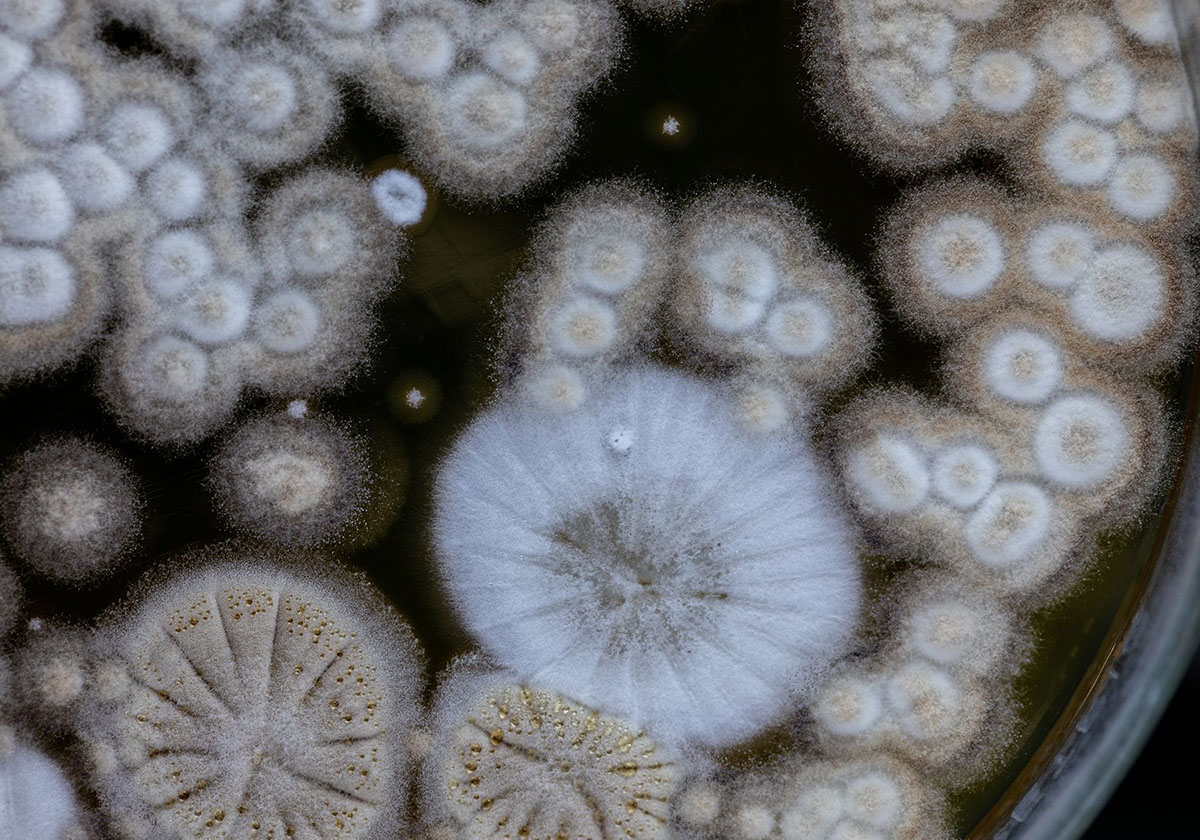

Garden Essentials
What Fungal Structures Germinate To Produce New Mycelia?
Modified: March 15, 2024
Discover the fascinating world of fungal structures in your garden and learn how they germinate to produce new mycelia. Enhance your gardening knowledge today!
(Many of the links in this article redirect to a specific reviewed product. Your purchase of these products through affiliate links helps to generate commission for Storables.com, at no extra cost. Learn more)
Introduction
Welcome to the fascinating world of fungi! These incredible organisms play a vital role in our ecosystems, from decomposing organic matter to forming mutualistic relationships with plants. One of the most remarkable features of fungi is their ability to reproduce and spread through the production of spores. But how do these spores actually germinate to produce new mycelia?
In this article, we will explore the different fungal structures that germinate to give rise to new mycelia. From spores to basidiospores and zygosporangia, each structure has its own unique method of germination. By understanding these processes, we can gain insights into the life cycles of fungi and appreciate their intricate reproductive strategies.
So, let’s dive into the world of fungal germination and discover the wonders that unfold within these fascinating organisms.
Key Takeaways:
- Fungal structures like spores, conidia, and chlamydospores germinate by developing germ tubes, forming new mycelia, and contributing to the survival and reproduction of fungi in diverse ecosystems.
- Understanding the unique germination processes of fungal structures provides insights into the remarkable adaptability and resilience of fungi, enhancing our appreciation for their vital roles in the natural world.
Definition of Mycelia
Before we delve into the germination of fungal structures, let’s first understand what mycelia are. Mycelia are the filamentous structures that make up the vegetative part of a fungus. They are composed of thread-like structures called hyphae, which interconnect to form a network. This network of mycelia is responsible for absorbing nutrients and providing structural support to the fungus.
Mycelia can vary in size and shape depending on the species of fungus. Some mycelia are microscopic, while others can span vast areas in the form of underground networks or visible molds on surfaces.
Now that we have a basic understanding of mycelia, let’s explore how different fungal structures germinate to give rise to new mycelia.
Germination of Fungal Structures
Fungal structures germinate through a variety of mechanisms to produce new mycelia. The specific method of germination depends on the type of fungal structure involved. Let’s take a closer look at some of these structures and their germination processes:
- Spores: Spores are the most common and widely recognized reproductive structures of fungi. They are often produced in large numbers and can be dispersed by wind, water, or other means. When conditions are favorable, spores germinate by sending out a structure called a germ tube. This germ tube elongates and forms new hyphae, which eventually develop into a new mycelium.
- Conidia: Conidia are specialized spores produced by certain fungi, such as molds and mildews. They are usually formed at the tips of specialized hyphae called conidiophores. Conidia can be dispersed by air or other means and germinate in a similar fashion to spores, with the emergence of a germ tube and subsequent development of new hyphae.
- Chlamydospores: Chlamydospores are thick-walled spores typically produced by certain types of fungi, such as yeast and some filamentous fungi. These spores are often formed within the mycelium and play a role in survival during unfavorable conditions. Chlamydospores can germinate by growing out through a pore in the spore wall, extending hyphae, and initiating the growth of new mycelia.
- Hypsospores: Hypsospores are specialized spores produced by water molds (oomycetes). These spores are formed within hyphae and can survive in harsh environments. When conditions become favorable, hypospores can germinate by developing germ tubes and producing new hyphae, which then give rise to mycelia.
- Sclerotia: Sclerotia are compact masses of mycelium that serve as survival structures for certain groups of fungi, including many plant-pathogenic fungi. When conditions are favorable, sclerotia can germinate by developing dormant buds called stromata. These buds give rise to new hyphae and ultimately form new mycelia.
Each of these germination processes is unique to the specific type of fungal structure involved. Understanding these mechanisms can provide valuable insights into the life cycles and habits of different fungi.
Now that we have explored some of the different fungal structures and their germination processes, let’s take a closer look at a few specific examples, such as basidiospores and zygosporangia.
Spores
Spores are the primary means of reproduction for fungi. They are typically microscopic structures that are produced in large numbers by various fungi. Spores have a unique architecture that allows them to disperse and survive in different environments until conditions are favorable for germination.
When conditions such as moisture, temperature, and nutrient availability are suitable, spores will germinate and give rise to new mycelia. The germination process begins with the activation of the spore, which triggers the growth of a structure called a germ tube.
The germ tube emerges from the spore and elongates, forming a hypha. This hypha serves as the initial building block of a new mycelium. As the hypha continues to grow, it branches out and forms a network of interconnected hyphae, expanding the mycelium further.
Spores can be dispersed by various mechanisms, including wind, water, animals, or even human activities. This allows fungi to colonize new habitats and spread their mycelia over vast distances. The dispersal of spores is crucial for the survival and proliferation of fungi.
It is important to note that spores can have different structures and functions depending on the type of fungi. For example, some spores are enclosed within protective structures called sporangia or sacs, while others may be naked and freely released into the environment.
Overall, spores play a vital role in fungal reproduction and dispersal. Through their remarkable ability to germinate and give rise to new mycelia, fungi are able to adapt and thrive in diverse ecosystems.
Conidia
Conidia are specialized spores produced by certain types of fungi, such as molds and mildews. Unlike other spore types that are enclosed within protective structures, conidia are usually formed at the tips of specialized hyphae called conidiophores. They are typically small, lightweight, and can be easily dispersed by air or other means.
The germination process of conidia is similar to that of spores. When conditions are favorable for growth, conidia will release from the conidiophores and begin to germinate. The first stage of germination involves the development of a germ tube, which emerges from the conidium.
The germ tube elongates and forms a hypha, which serves as the initial building block for the formation of a new mycelium. As the hypha continues to grow, it branches out and forms a network of interconnected hyphae, expanding the mycelium further.
Conidia have adapted to be readily dispersed by air currents, allowing fungi to colonize new environments and spread their mycelia over large distances. Their small size and lightweight nature enable them to be easily carried by wind or other means of transportation, facilitating the dispersal of the fungus to new habitats.
Conidia can have diverse shapes and structures depending on the species of fungus. Some conidia are unicellular, while others may form chains or clusters. These variations in conidial morphology contribute to their dispersal efficiency and adaptation to different environments.
Overall, conidia are important reproductive structures that enable certain fungi to colonize new habitats and proliferate. Their ability to germinate and initiate the growth of new mycelia ensures the survival and further spread of these fungi in diverse ecosystems.
Read more: What Is A Structure In Construction
Chlamydospores
Chlamydospores are specialized spores produced by certain types of fungi, including yeast and some filamentous fungi. Unlike other spores, chlamydospores are typically formed within the mycelium itself and serve as a means of survival during unfavorable conditions.
Chlamydospores are characterized by their thick cell walls, which provide protection and resistance against harsh environmental conditions such as extreme temperatures and nutrient scarcity. This adaptation allows them to remain dormant and viable for extended periods until conditions become favorable for germination.
When suitable conditions are encountered, chlamydospores can germinate and initiate the growth of new mycelia. The germination process begins with the breaking of the thick cell wall, followed by the emergence of a germ tube from the spore.
The germ tube elongates and develops into hyphae, which then give rise to a new mycelium. This mycelium continues to grow and expand, forming a network of interconnected hyphae.
Chlamydospores contribute to the survival and proliferation of fungi by providing a means of long-term survival during unfavorable conditions. Their ability to endure harsh environments and germinate when conditions improve ensures the continuity of the fungal population.
It is worth noting that chlamydospores are not formed by all fungal species. Their production is often dependent on specific environmental factors and the life cycle of the fungus. Therefore, chlamydospores are more commonly observed in particular groups of fungi rather than being a universal feature of all fungal species.
Overall, chlamydospores serve as specialized spores that aid in the survival and dispersal of certain fungi. Their ability to germinate and form new mycelia ensures the continuation and adaptation of these fungi to various environmental conditions.
Fungal spores germinate to produce new mycelia. Spores are like seeds for fungi and can be spread by wind, water, or animals to start new growth.
Hypsospores
Hypsospores are specialized spores produced by a group of fungi known as water molds or oomycetes. These spores play a crucial role in the survival and dispersal of these fungi, particularly in aquatic environments.
Hypsospores are typically formed within the hyphae of water molds. They have a unique structure that allows them to withstand challenging conditions and remain viable until favorable conditions for germination are present.
When conditions become suitable, hypsospores germinate and give rise to new mycelia. The germination process involves the activation of the spore, followed by the elongation of a germ tube from the spore.
This germ tube then develops into a hypha, which serves as the foundation for the growth of a new mycelium. The hypha continues to elongate and branch out, forming a network of interconnected hyphae that constitutes the expanding mycelium.
The ability of hypsospores to germinate and form new mycelia is essential for the survival and dispersal of water molds. As aquatic organisms, these fungi rely on hypsospores to colonize new environments and adapt to changing conditions.
Hypsospores are often dispersed through water bodies, such as rivers, lakes, or even rainwater. They can be carried by water currents, facilitating the spread of the fungus to different habitats and allowing for the establishment of new mycelia.
It is important to note that water molds, including those that produce hypsospores, are not true fungi but belong to a separate group known as oomycetes. Nonetheless, their life cycle and reproductive strategies share similarities with fungal organisms.
In summary, hypsospores are specialized spores produced by water molds that enable these fungi to survive and spread in aquatic environments. Through their germination and the formation of new mycelia, hypsospores contribute to the continuation and diversity of water mold populations.
Sclerotia
Sclerotia are compact masses of mycelium that serve as survival structures for certain groups of fungi, including many plant-pathogenic fungi. These structures are formed in response to adverse environmental conditions and play a crucial role in the persistence and long-term survival of these fungi.
Sclerotia are composed of densely packed hyphae and have a robust, hardened structure. They are often dark in color and can vary in size and shape depending on the species of fungus. These structures can range from small, pea-sized sclerotia to larger, irregularly shaped masses.
When environmental conditions are unfavorable for growth, fungi enter a dormant stage and produce sclerotia. The formation of sclerotia allows the fungus to endure harsh conditions such as extreme temperatures, drought, or nutrient scarcity.
When conditions become favorable again, sclerotia can germinate and give rise to new mycelia. This process typically begins with the activation of dormant buds called stromata, which are present within the sclerotium.
The stromata give rise to hyphae, which elongate and branch out, forming new mycelia. The mycelium grows and spreads, ultimately colonizing new habitats and initiating the development of fruiting bodies that produce spores for further dispersal.
One of the key features of sclerotia is their ability to survive for extended periods, even in adverse conditions. They can remain dormant for months or even years, waiting for the right conditions to germinate and resume growth.
The dispersal of sclerotia can occur through various means, including water, wind, animals, or human activities. For example, sclerotia can be carried in water bodies or attached to the fur or feathers of animals, allowing them to be transported to new environments.
Overall, sclerotia are important survival structures that enable certain fungi to withstand unfavorable conditions and ensure the long-term persistence of their populations. Through germination and the formation of new mycelia, sclerotia contribute to the continued survival and adaptation of these fungi in diverse ecosystems.
Basidiospores
Basidiospores are a type of spore produced by fungi belonging to the phylum Basidiomycota, which includes mushrooms, bracket fungi, and puffballs. These spores play a crucial role in the reproductive cycle of these fungi and are responsible for the dispersal and propagation of the species.
Basidiospores are typically formed on specialized structures known as basidia, which are found on the gills or surfaces of basidiocarps (the fruiting bodies of these fungi). Each basidium produces numerous basidiospores, which are usually single-celled and are held in place by sterigmata until they are ready for release.
When conditions are favorable, the basidiospores are forcibly discharged from the basidia. This release is often triggered by changes in humidity, airflow, or other environmental factors. Once liberated, the basidiospores are carried by air currents or other means, allowing them to disperse over a wide area.
The germination process of basidiospores involves the formation of a germ tube, which emerges from the spore. The germ tube elongates and develops into a primary hypha. This hypha then branches out, forming a network of interconnected hyphae and initiating the growth of a new mycelium.
In some species, the germination of basidiospores may require specific environmental cues or the presence of compatible mating partners for successful mycelial growth.
Basidiospores are notable for their diverse shapes, sizes, and surface features, which vary depending on the species. These variations contribute to the distinct characteristics and identification of different fungal species.
Given their small size and light weight, basidiospores have evolved to be easily dispersed by air currents. This mode of dispersal allows the fungi to colonize new habitats and areas that may be far removed from the original mycelium.
Basidiospores are of particular interest to mycologists and mushroom enthusiasts, as they are often associated with the formation of mushroom fruiting bodies. The study of basidiospores and their characteristics is essential for identification, classification, and understanding the life cycles of Basidiomycota fungi.
Overall, basidiospores are key reproductive structures of Basidiomycota fungi. Through their dispersal and germination, they contribute to the propagation, adaptation, and ecological importance of these fascinating organisms in various ecosystems.
Read more: What Part Of The Plant Produces Seeds
Zygosporangia
Zygosporangia are specialized structures formed by fungi belonging to the phylum Zygomycota. These unique structures play a crucial role in the reproductive cycle of these fungi and contribute to their survival and dispersal.
Zygomycota fungi undergo a unique sexual reproduction process involving the fusion of compatible hyphae from different individuals. When the haploid hyphae of two mating types come into contact, they undergo plasmogamy, a process in which their cytoplasm fuses.
Following plasmogamy, the fused hyphae give rise to a specialized structure called a zygosporangium. The zygosporangium serves as a protective case or capsule that encloses the nuclei resulting from the fusion of the mating hyphae.
Within the zygosporangium, the nuclei undergo karyogamy, where they fuse to form diploid nuclei. This diploid nucleus then undergoes meiosis, resulting in the formation of haploid nuclei. These haploid nuclei will ultimately serve as the basis for the germination and formation of new mycelia.
Under favorable conditions, the zygosporangium germinates, and the haploid nuclei undergo mitotic division. This division leads to the development of new hyphae, which emerge from the zygosporangium and extend into the surrounding environment.
The new hyphae continue to grow and branch out, forming a new mycelium. This mycelium can give rise to reproductive structures, such as sporangia or other specialized reproductive structures unique to each species of Zygomycota fungi.
In addition to sexual reproduction, some Zygomycota fungi can also reproduce asexually through the production of sporangia, which release haploid spores. These spores can germinate directly, bypassing the formation of zygosporangia.
The formation and germination of zygosporangia allow Zygomycota fungi to survive unfavorable conditions and propagate. The thick cell wall of the zygosporangium provides protection, ensuring the survival of the nuclei within, even in harsh environmental conditions.
Overall, zygosporangia play a vital role in the life cycle of Zygomycota fungi, facilitating both sexual and asexual reproduction. Through their formation, fusion of nuclei, and subsequent germination, these structures contribute to the adaptability, dispersal, and survival of these fascinating fungi.
Conclusion
Fungal structures undergo fascinating processes of germination to produce new mycelia. From spores to basidiospores, conidia to chlamydospores, hypsospores to zygosporangia, and sclerotia, each structure has its own unique method of germination that contributes to the reproductive success and survival of fungi.
Spores, the most common and widely recognized fungal reproductive structures, germinate by developing germ tubes and giving rise to new mycelia. Conidia, specialized spores produced by certain fungi, are dispersed through air currents and germinate in a similar fashion to spores. Chlamydospores, formed within the mycelium, germinate by producing germ tubes and initiating the growth of new mycelia. Hypsospores, specific to water molds, germinate with the development of germ tubes from the spores. Sclerotia, compact masses of mycelium, can germinate through the activation of dormant buds, leading to the formation of new mycelia. Lastly, zygosporangia, formed through the fusion of compatible hyphae, give rise to new mycelia after undergoing meiosis and mitotic division.
Understanding the germination processes of these fungal structures provides insights into the life cycles, reproductive strategies, and adaptability of fungi. The dispersal of spores and other reproductive structures allows fungi to colonize new habitats, survive in adverse conditions, and propagate their populations.
The rich diversity of fungal structures and their germination mechanisms demonstrate the remarkable adaptability and resilience of fungi in various ecosystems. Fungi play vital roles in nutrient cycling, decomposition, symbiotic relationships with plants, and as important sources of medicine and industrial products.
As we continue to explore and study the world of fungi, unraveling the intricacies of their germination processes enhances our understanding of these remarkable organisms and their fundamental contributions to the natural world.
So next time you come across a mushroom or notice a moldy spot, take a moment to appreciate the intricate germination processes that allow fungi to thrive and shape our ecosystems.
Frequently Asked Questions about What Fungal Structures Germinate To Produce New Mycelia?
Was this page helpful?
At Storables.com, we guarantee accurate and reliable information. Our content, validated by Expert Board Contributors, is crafted following stringent Editorial Policies. We're committed to providing you with well-researched, expert-backed insights for all your informational needs.
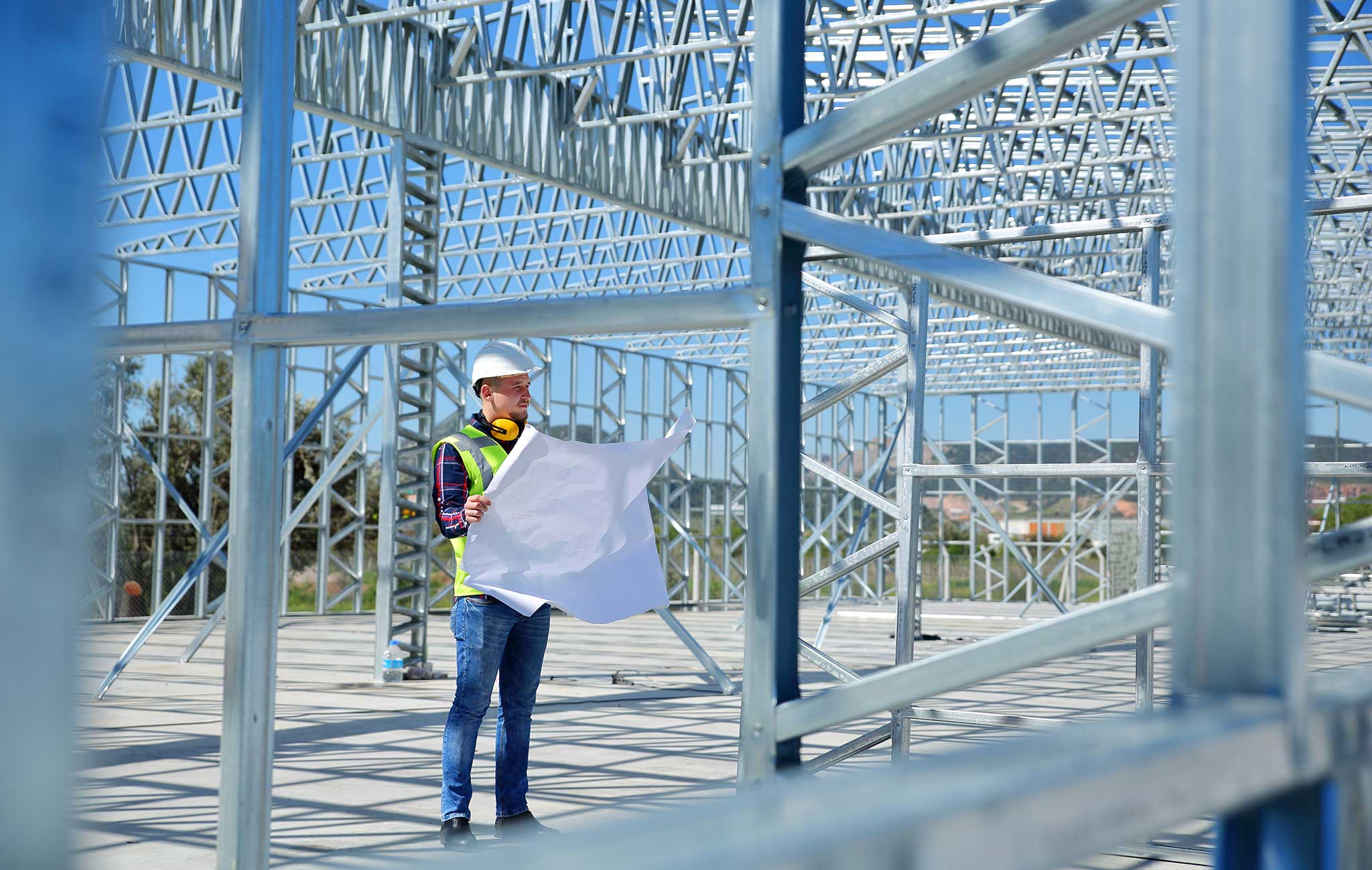
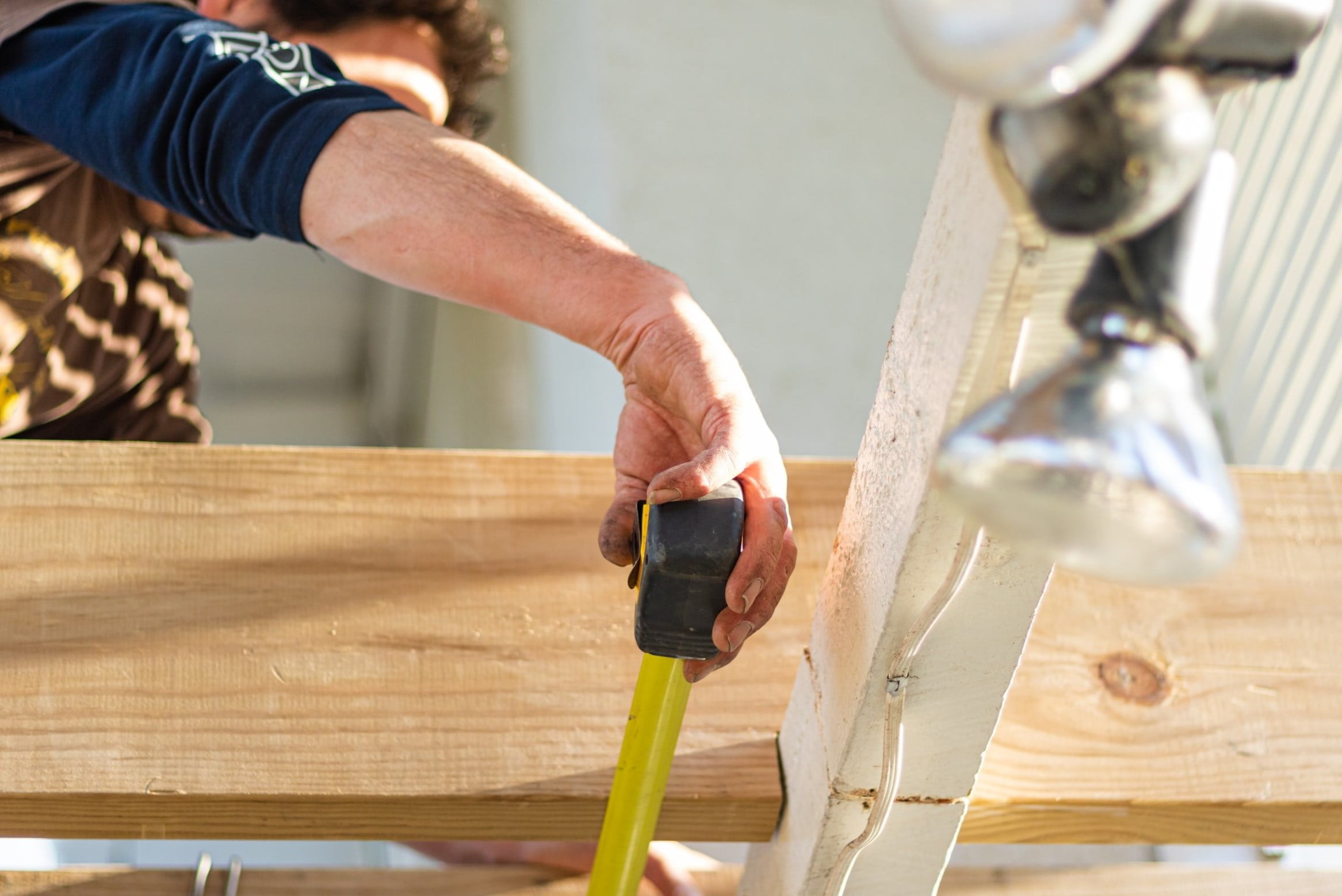
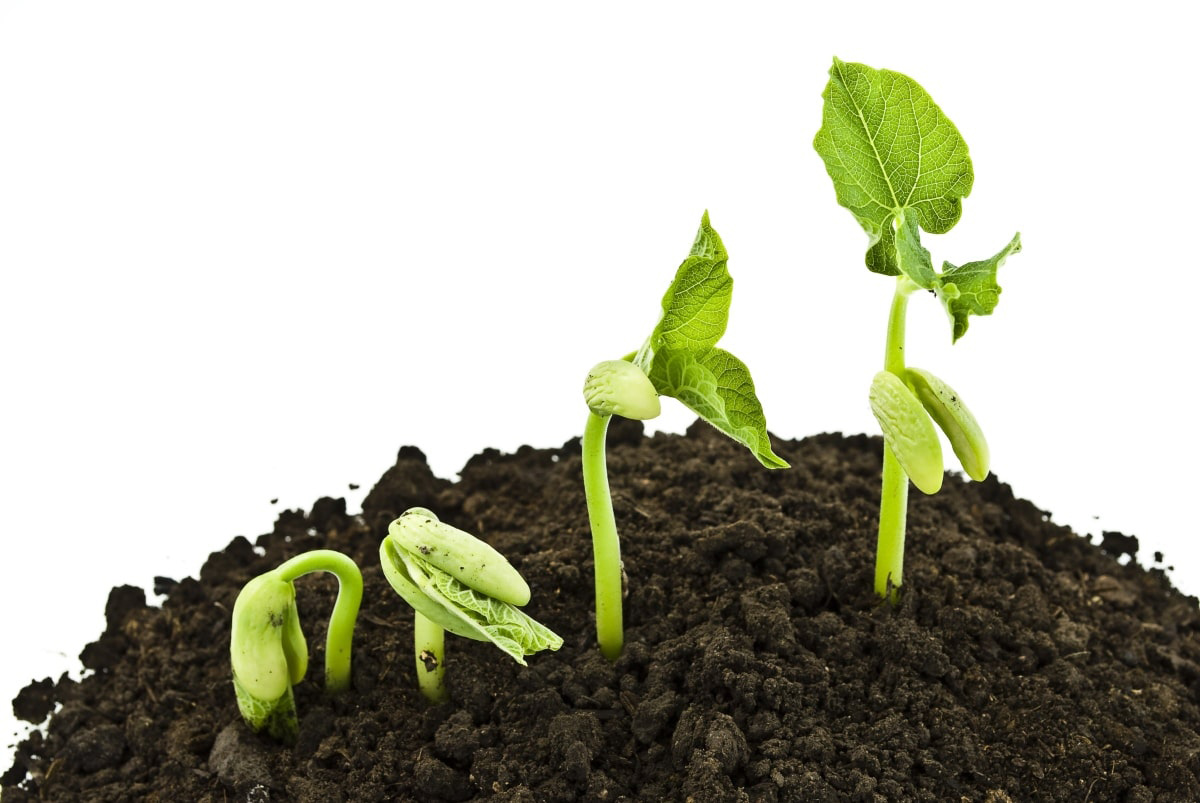


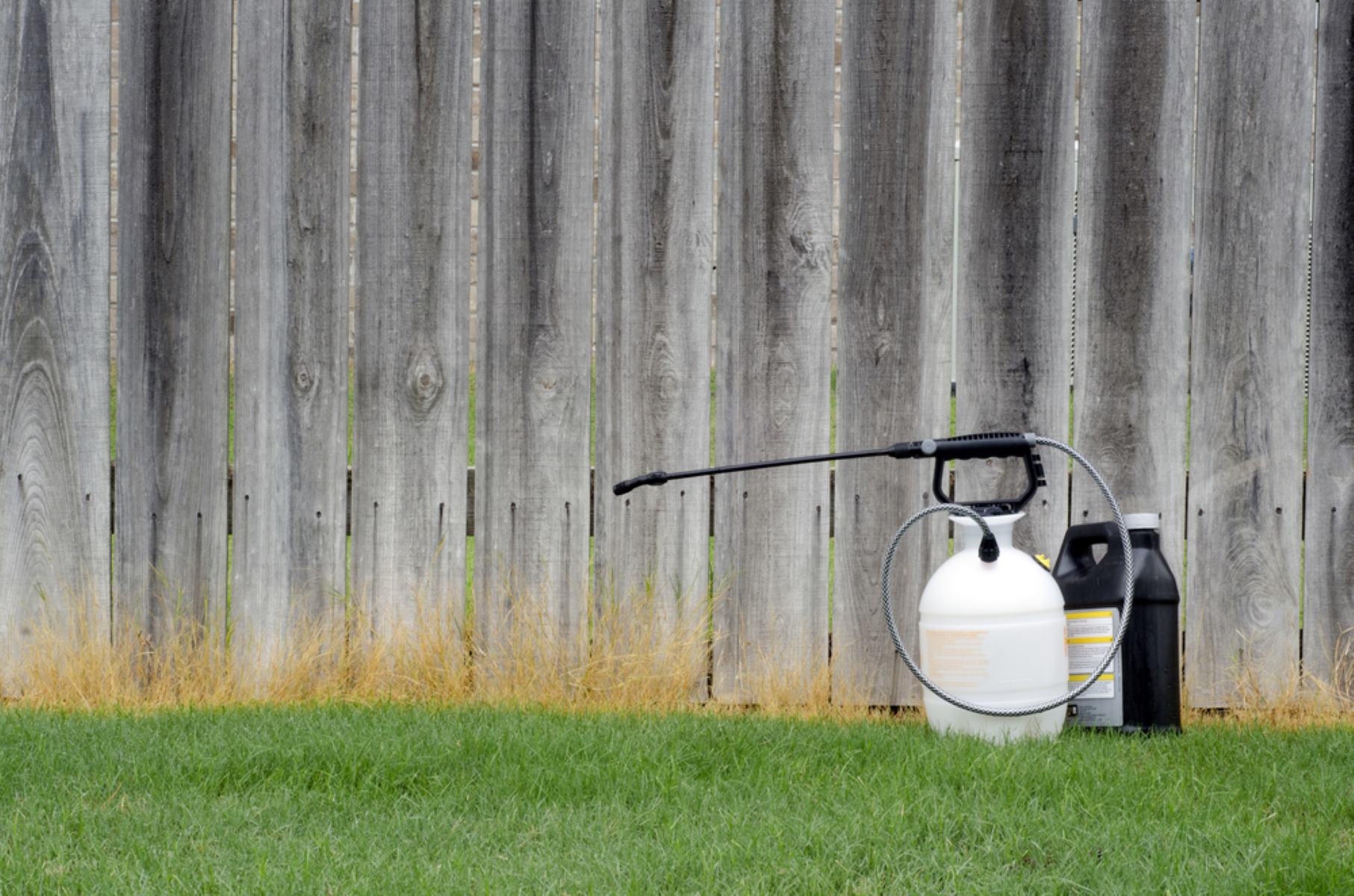
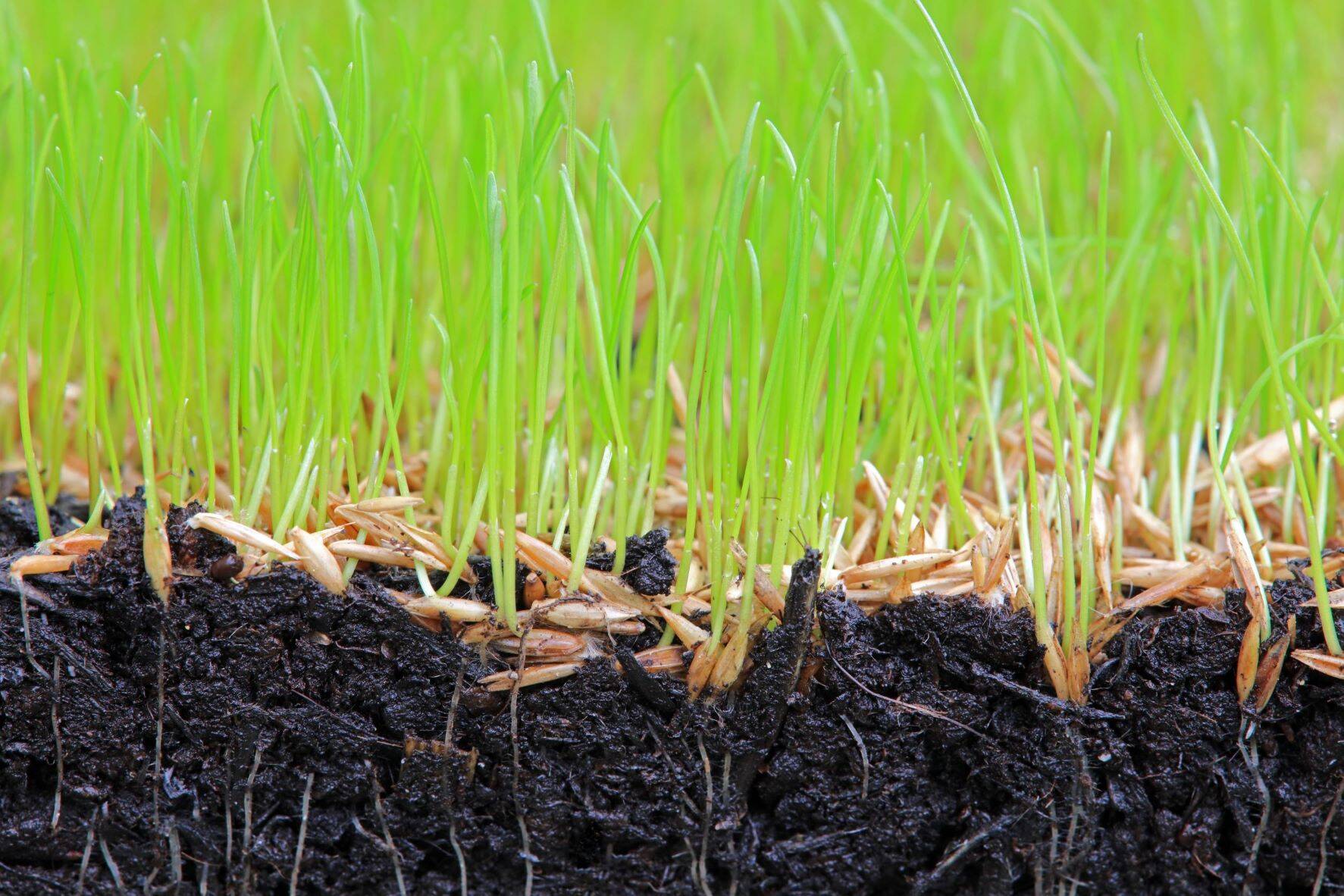
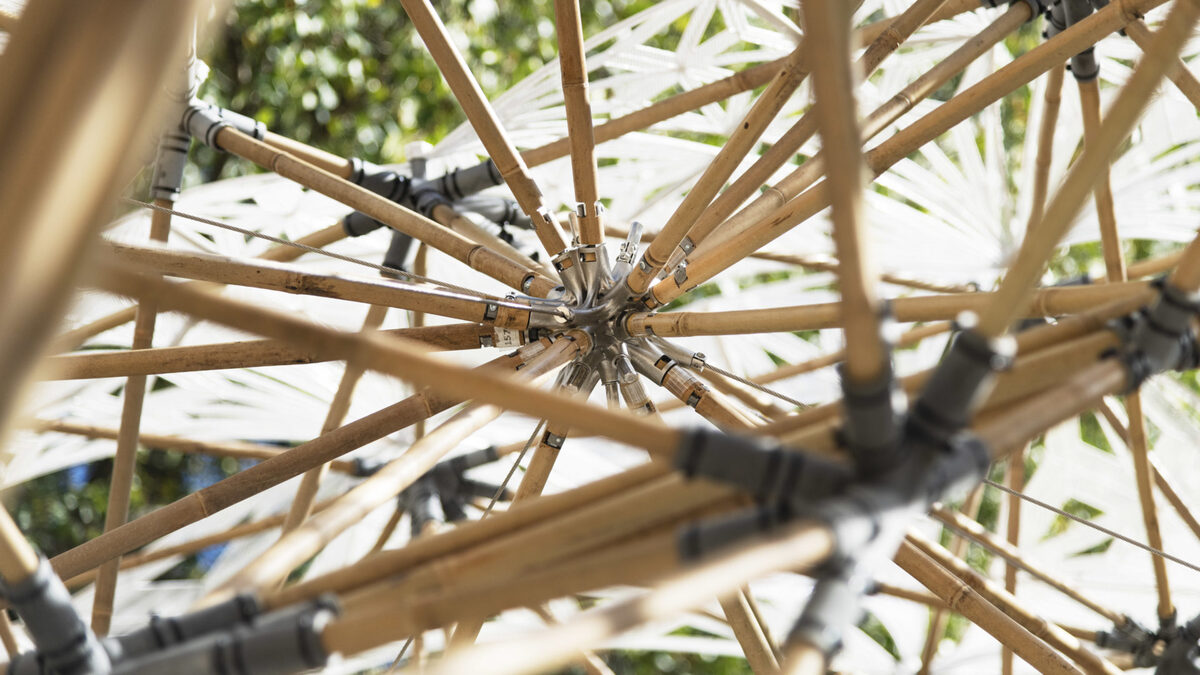
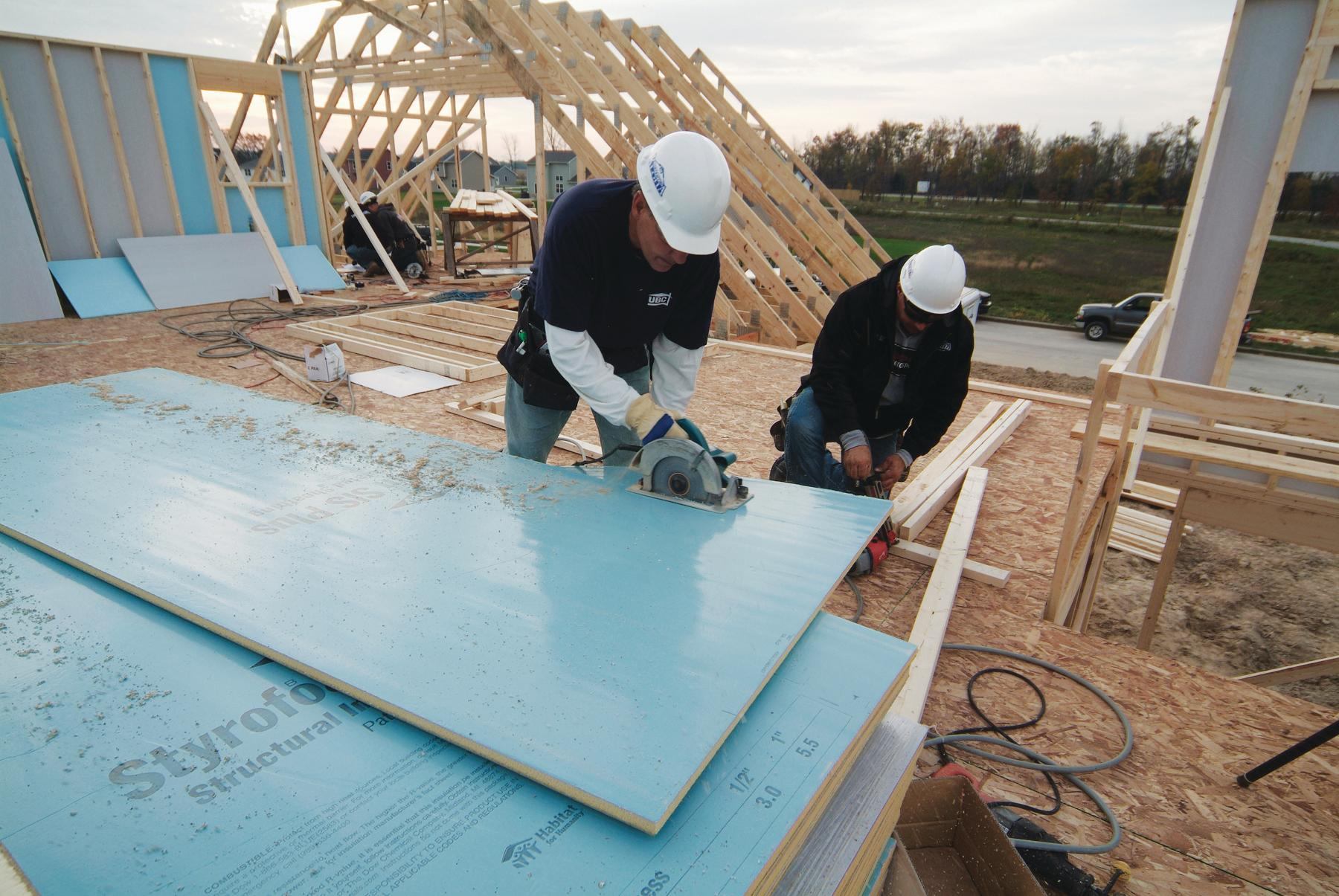
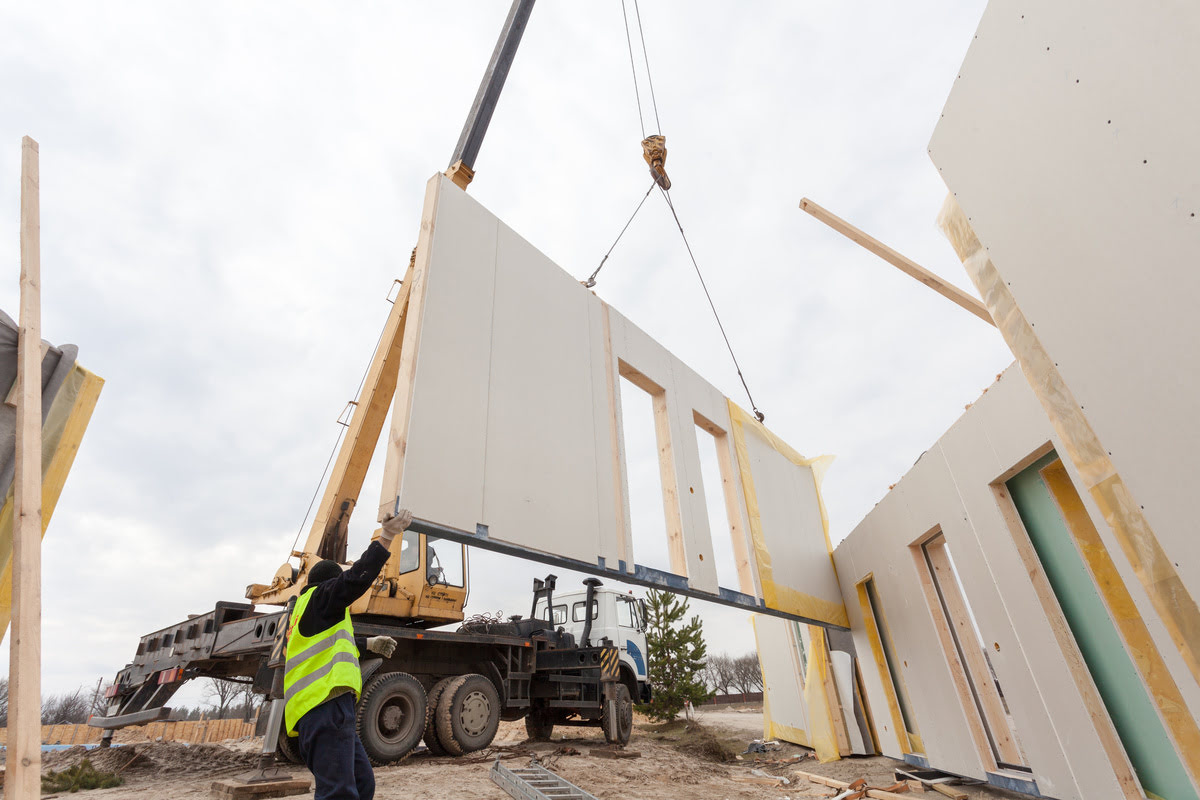


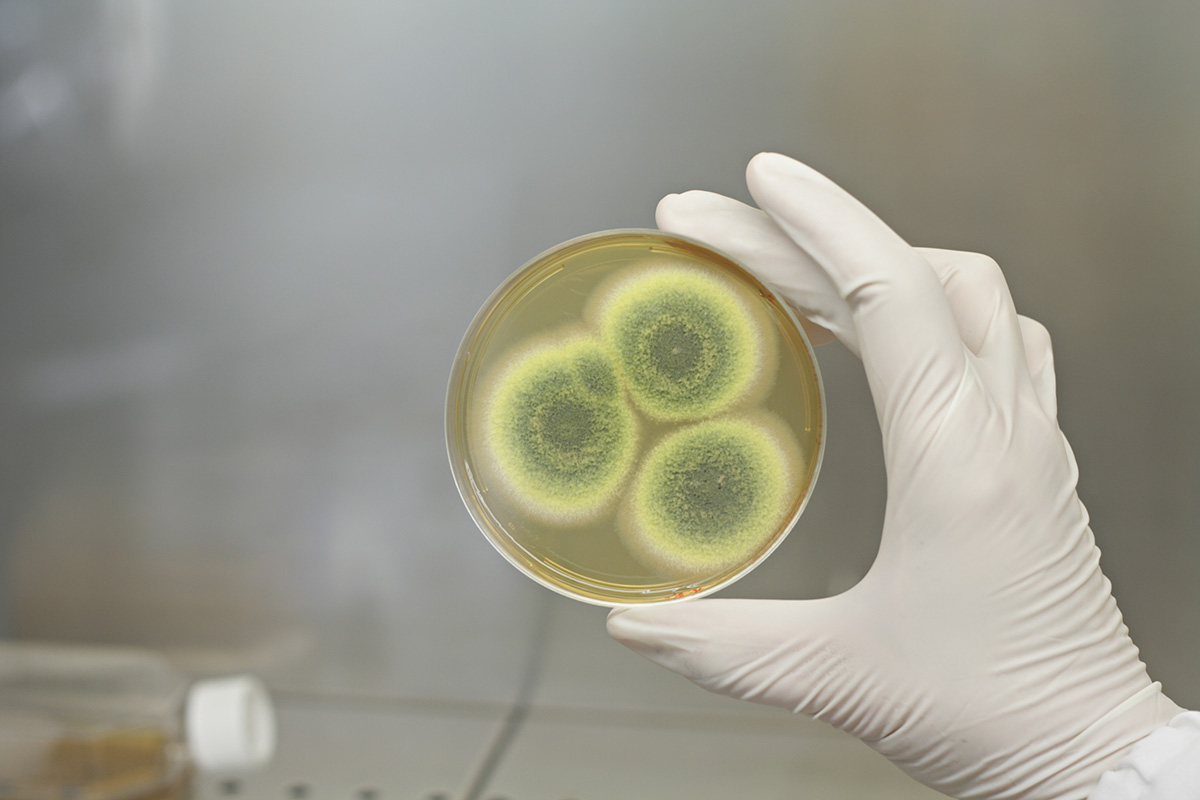

0 thoughts on “What Fungal Structures Germinate To Produce New Mycelia?”